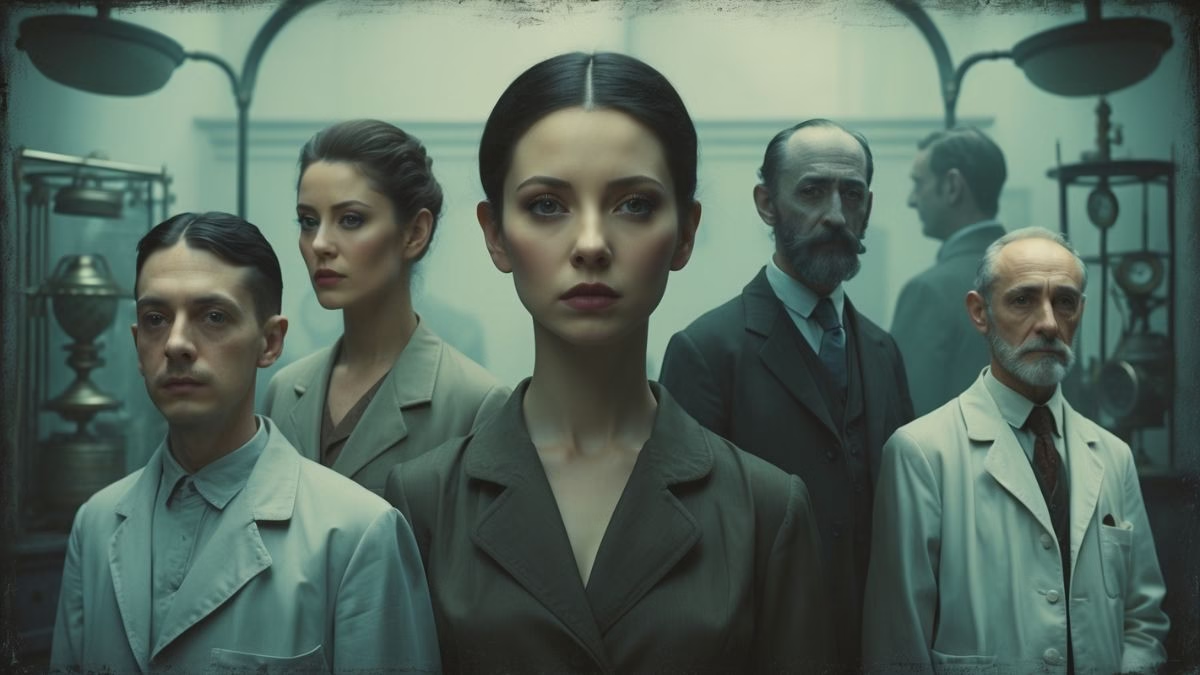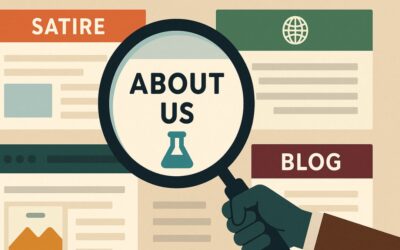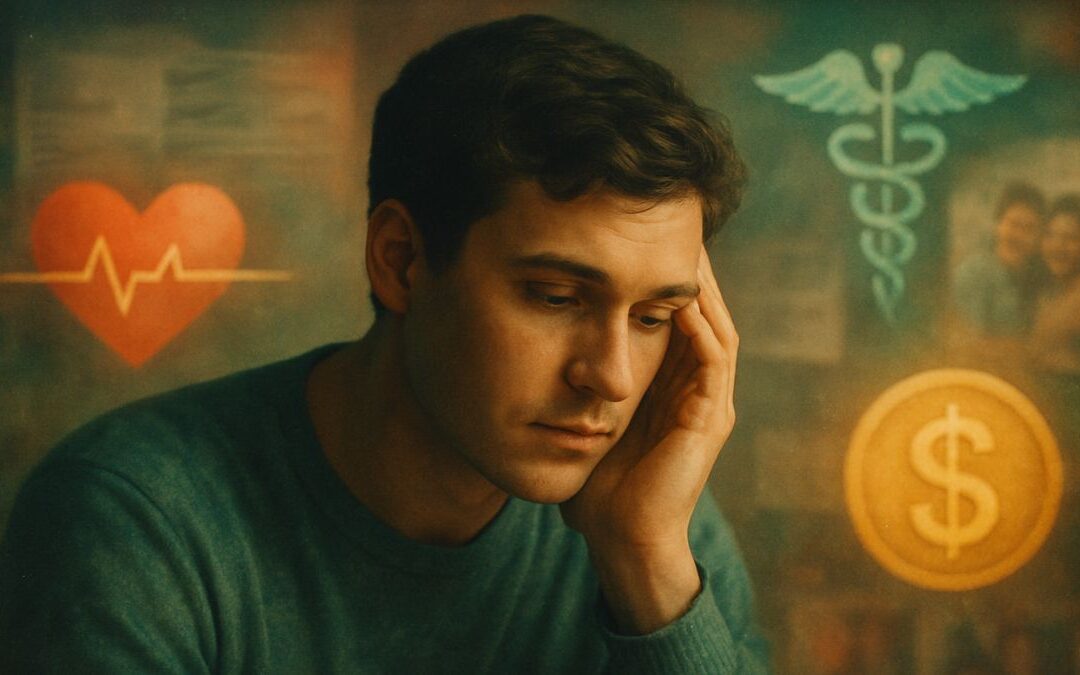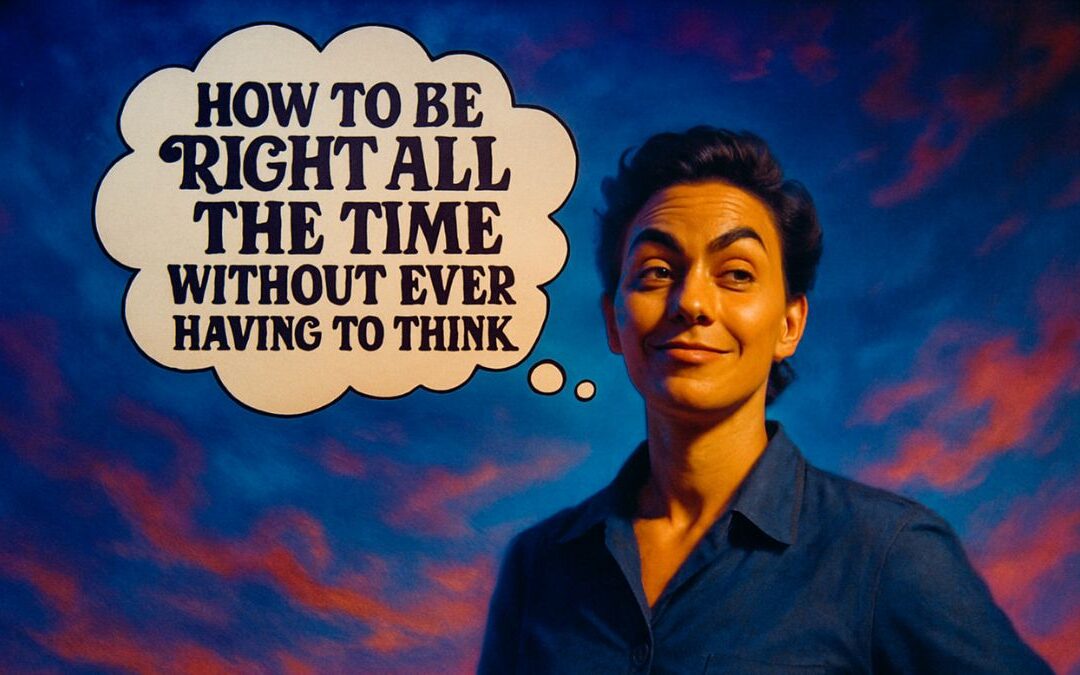Introduction
Welcome, time traveler! Get ready to embark on an odyssey through the history of the human mind. This quiz isn’t just a test of dates and names; it’s an interactive exploration of one of the most dramatic stories in science: our ever-changing quest to understand the brain. By journeying through the past, from ancient superstitions to the cutting edge of neuroscience, you will gain a profound appreciation for how far we’ve come.
Understanding this history helps us recognize the roots of today’s stigmas, appreciate the scientific breakthroughs that have transformed countless lives, and approach the future of brain health with wisdom and empathy. Are you ready to see how humanity has grappled with its own mind? Let’s begin the journey.
Learning Quiz
This is a learning quiz from English Plus Podcast, in which, you will be able to learn from your mistakes as much as you will learn from the answers you get right because we have added feedback for every single option in the quiz, and to help you choose the right answer if you’re not sure, there are also hints for every single option for every question. So, there’s learning all around this quiz, you can hardly call it quiz anymore! It’s a learning quiz from English Plus Podcast.
Quiz Takeaways | From Spirits to Scans: Our Long Journey to Understanding the Brain
Hello and welcome back from your journey through time. You’ve just traced the long, winding, and often difficult path of humanity’s attempt to understand the brain. This story is more than just a history lesson; it’s the story of how we learned to see ourselves. It’s a journey from superstition to science, from fear to empathy, and it’s a journey that is still very much underway.
For most of human history, the brain was a complete mystery. When people acted in ways that were frightening or incomprehensible—suffering from seizures, hearing voices, or falling into a deep depression—our ancestors reached for the explanations they had. In the ancient world, that explanation was almost always supernatural. They believed these afflictions were the work of angry gods, vengeful demons, or evil spirits. The logical “treatment,” then, was a spiritual one: rituals, prayers, and sometimes even a procedure called trepanation—drilling a hole in the skull—perhaps to let the spirit out. This wasn’t because they were cruel, but because they were trying to solve a terrifying problem with the only tools they had.
The first great turning point came in ancient Greece with Hippocrates. He made a revolutionary claim: these were not supernatural afflictions, but diseases of a physical organ—the brain. This was the moment the conversation began to shift from the temple to the clinic. He proposed the theory of the four humors, suggesting that an imbalance of bodily fluids caused these disorders. While the theory itself was wrong, the principle was world-changing. He was saying, for the first time, that the mind could be sick just like the body.
Unfortunately, this rational, medical view was largely lost during the European Middle Ages. As the authority of the Church grew, explanations for mental distress reverted to the supernatural. The world became a battleground between good and evil, and a troubled mind was often seen as a soul in peril, possessed by demons. This era gave rise to witch hunts and exorcisms, where fear and faith intertwined, often with tragic consequences.
As the Renaissance dawned, a new approach emerged, but it wasn’t much better. Society began to create institutions, the first asylums like “Bedlam” in London. But these were not hospitals; they were prisons. Their purpose was not to treat, but to contain—to remove people who were considered different or disruptive from public view. The inmates were often chained, starved, and subjected to horrific conditions, treated as animals rather than suffering human beings.
It was in response to this brutality that the second great turning point occurred: the “moral treatment” movement of the 18th and 19th centuries. Pioneers like Philippe Pinel in France began to argue for a radical new idea: that people in asylums should be treated with kindness and dignity. He famously unchained his patients, moved them into sunny rooms, and spoke with them. It sounds simple, but it was a profound shift. It was the rediscovery of the humanity of those who were suffering.
The 19th and 20th centuries saw the first real explosion of scientific inquiry into the mind. Some attempts, like phrenology—the belief that you could understand personality from the bumps on the skull—were pseudoscientific dead ends. But they were still part of a growing desire to connect the mind to the physical brain. Then came Sigmund Freud, who turned the entire conversation inward. His theory of psychoanalysis, with its focus on the unconscious mind, childhood experiences, and “talk therapy,” offered a new way to understand suffering that didn’t require chains or asylums. For the first time, a person’s life story was seen as critical to their mental health.
The mid-20th century brought another, more controversial, revolution: the biological one. Crude physical interventions like the lobotomy were performed, often with devastating results. But at the same time, a true breakthrough occurred: the discovery of the first effective psychotropic medications in the 1950s. Drugs like Thorazine could control the severe symptoms of psychosis, and the first antidepressants offered hope for mood disorders. This was another world-changing event. It provided concrete proof that mental disorders were rooted in brain chemistry and led directly to deinstitutionalization, the movement to close the old asylums.
That brings us to the modern era. We now have incredible tools like fMRI and PET scans that allow us to watch the living brain as it works. We have the DSM to provide a common language for diagnosis. And most importantly, we have the biopsychosocial model—the understanding that brain health is a complex interplay of our biology (our genes and brain chemistry), our psychology (our thoughts and experiences), and our social world (our relationships and culture). And crucially, we have the voices of patient advocates—people with lived experience who are fighting stigma and demanding a central role in their own care.
This long journey teaches us humility. It shows us how even well-intentioned ideas can lead to harm and reminds us that our own “modern” understanding will surely seem primitive to future generations. But it also gives us hope. The story of our evolving understanding of the brain is a story of progress—a slow, difficult, but undeniable march away from fear and toward science and compassion. Your understanding of this history is now a part of that march forward.











0 Comments